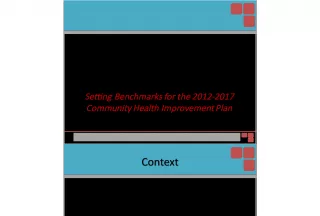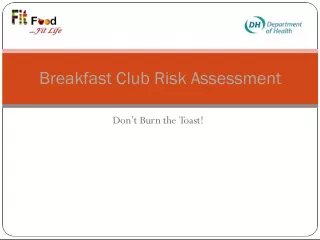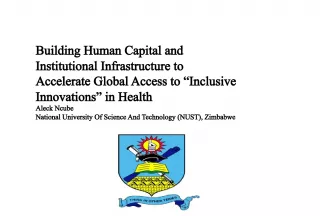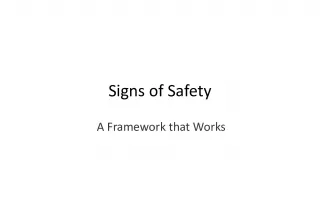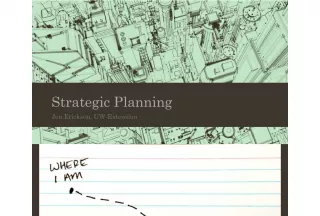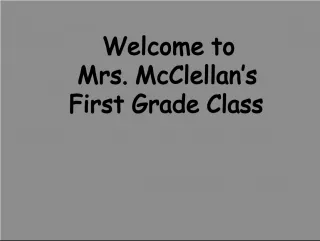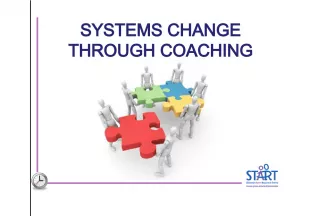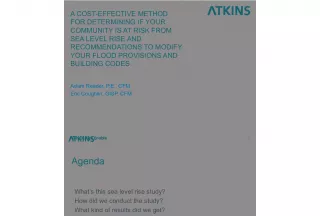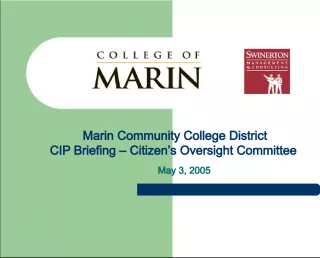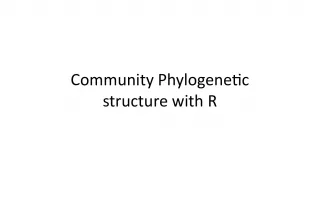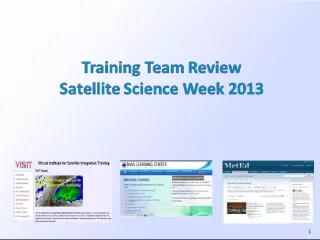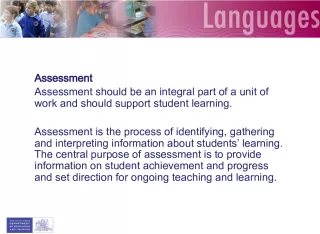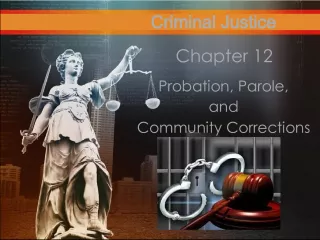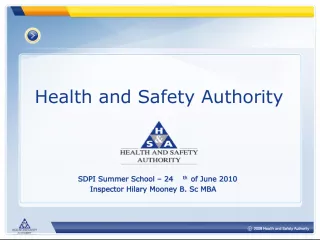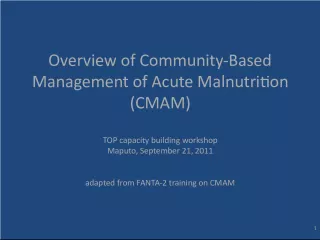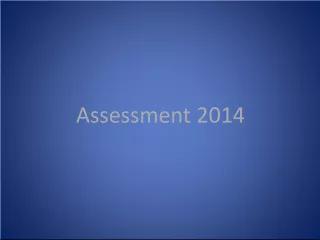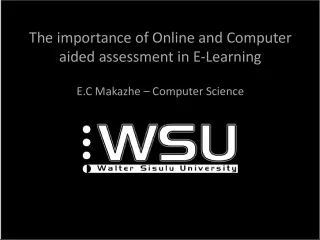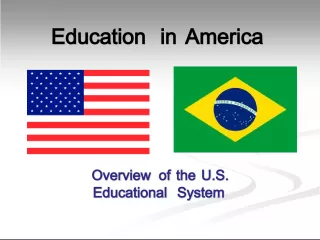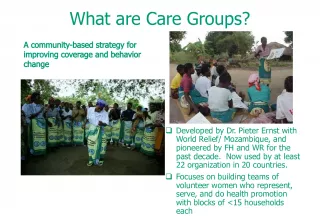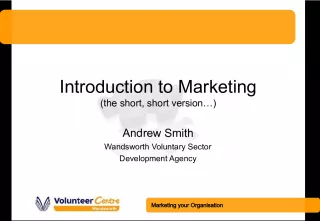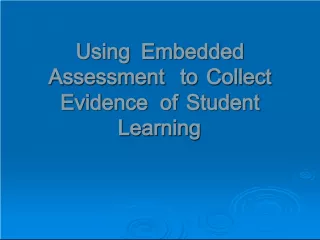Victim Accessible Coordinated Assessment: Building Successful COCs for Community Safety
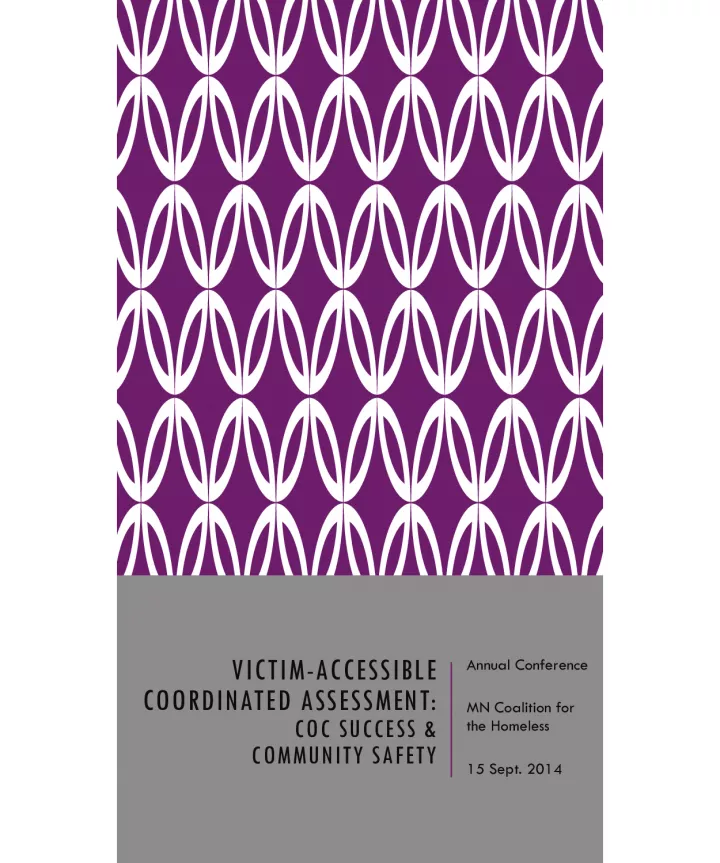

This annual conference hosted by the MN Coalition for the Homeless explores the role of service providers and advocates in creating effective coordinated assessments for victims of homelessness. Attendees will learn how to identify key stakeholders and start productive conversations about process design and implementation.
- Uploaded on | 0 Views
-
 kalli
kalli
About Victim Accessible Coordinated Assessment: Building Successful COCs for Community Safety
PowerPoint presentation about 'Victim Accessible Coordinated Assessment: Building Successful COCs for Community Safety'. This presentation describes the topic on This annual conference hosted by the MN Coalition for the Homeless explores the role of service providers and advocates in creating effective coordinated assessments for victims of homelessness. Attendees will learn how to identify key stakeholders and start productive conversations about process design and implementation.. The key topics included in this slideshow are coordinated assessment, victim accessibility, community safety, service providers, advocacy programs,. Download this presentation absolutely free.
Presentation Transcript
1. VICTIM-ACCESSIBLE COORDINATED ASSESSMENT: COC SUCCESS & COMMUNITY SAFETY Annual Conference MN Coalition for the Homeless 15 Sept. 2014
2. WHOS IN THE ROOM What type of service provider/agencies? What is your role in your agency? Frontline Policy Director Mid-level management How are you involved in housing, coordinated assessments and CoCs?
3. TO TAKE AWAY WITH YOU(AKA OBJECTIVES) How to identify who to talk to in your local community from victim service advocacy programs about CA planning and process? This is the beginning of a conversation: What questions to discuss at the local level as designing coordinated assessment ?
4. DOMESTIC VIOLENCE 101 Its a pattern of abusive tactics to gain power and control over an intimate partner Most abusive tactics used are NOT illegal, but they all intend to destroy personhood so survivors may not have protective orders or criminal cases against abuser. Not just imminent physical and sexual danger economic, emotional and psychological. It crosses all social boundaries The cause? substance use, anger, mental health = perpetrators perception that they are entitled to dominate, subjugate, dehumanize an intimate partner 1 in 3 women 1 in 7 men Abusers exploit social conditions to entrap women and children in abuse (i.e., lack of housing)
6. INTERSECTION OF DV & HOUSING INSTABILITY ~30% of homeless women are homeless as a direct result of domestic abuse. Higher in greater Minnesota (35%) than the Twin Cities area (28%). Women fleeing abuse are in all shelter types: 37% are in transitional housing (25% of all women in transitional housing) 33% are in battered womens shelters (100% of women in battered womens shelters) 16% are in emergency shelters (17% of all women in emergency shelter) 15% are living in non-shelter locations (23% of all women not in shelters)
7. INTERSECTION OF DV & HOUSING INSTABILITY In Minnesota in 2003, for instance, 46 percent of homeless women reported that they had previously stayed in abusive relationships because they had nowhere to go. 84% of women who use prostitution as an income strategy report homelessness or living with abusive pimps or customers bc no housing options. Victims are frequently evicted or denied public (in violation of Federal law) and private housing because of domestic violence ( http://www.nlchp.org/content/pubs/NNEDV- NLCHP_Joint_Stories%20_February_20072.pdf )
8. INTERSECTION OF DV & HOUSING INSTABILITY #1 unmet need was survivor access to housing 92% of unmet needs for domestic violence victims were for housing
9. MN DV PROGRAMS HOUSING NEEDS #1 housing need = rental vouchers and emergency assistance supports(MCBW programs 2013 policy survey) DV survivors housing needs fit squarely within MN priority to address family homelessness. Many DV victims need housing but may not meet MN or Fed Definition of Homeless
10. DEFINITION OF HOMELESS & VICTIMIZATION Federal vs. MN Homeless Definition HUDs Homeless definition People who are fleeing or attempting to flee domestic violence, dating violence, sexual assault, (SA), stalking, or other dangerous or life-threatening situations related to violence; have no other residence; and lack the resources or support networks to obtain other permanent housing. Not all women dealing with DV/SA or other victimization are in battered women shelter, yet they face housing instability. Victims may not be fleeing/attempting to flee, but dealing with housing instability related to victimization. How will your community address this issue? Varied funding sources with varied eligibility requirements (Washington and Oregon RRH and prevention models)
11. DV & SA ADVOCACY SERVICES More than just DV Shelter; Community Based DV Advocacy Crisis counseling Safety planning 24 hotline Support group Shelter, hotel/motel, safe house (in some but not all programs) Information and referral Childrens activities Legal Advocacy (civil, criminal, administrative) Housing Advocacy Economic Justice Advocacy Transportation Emergency assistance Community training and outreach Service menu will looks different at different programs. See www.mcbw.org or www.mncasa.org for a list of DV/SA programs in your area
12. DV & SA ADVOCACY SERVICES Free Voluntary Confidential Survivor defined Funded by Federal VAWA, FVPSA State crime victim services AKA victim service providers
13. WHY IS CONFIDENTIALITY IMPORTANT DV Advocates are bound by Federal and State Law to keep victim information confidential What would it take for you to tell intimate information abuse? People will not share what is really going on if they dont feel safe. Safety Is NOT JUST imminent physical and sexual danger. It is psychological, emotional It is economic It is control over personal information Safety for people who have been traumatized is about returning control, including control over information .
14. WHY IS CONFIDENTIALITY IMPORTANT Confidentiality NOT JUST about keeping information private so an abuser wont find a survivor who has fled. If you have children with someone, fleeing is almost impossible, even if you have moved out. Often needed for people to protect themselves from victimization of non trauma-informed systems and people. Releasing data without proper consent can traumatize b/c of: Discrimination against victims of domestic and sexual violence In violation of the law, denying them housing or services b/c of service provider safety concerns Pathologizing normal human trauma responses Removing their children without legal cause Dictating goals and activities Victim blaming Disbelief, accusations of lying to get special benefits Not recognizing the trauma of isms (racism, sexism, classism, ableism) There is a tension in balancing the need for data about outcomes and individuals control over their information.
15. MANDATE FOR DATA HMIS Requirements (Service Point) Fed, State, Private Funders Universal, program-specific, project- descriptor data elements Coordinated Access, Assessment and Assignment (Abt Associates) for efficient allocation of resources based on prioritization of needs. Many interim, proposed rules, regs, policies, in addition to Federal law. HEARTH Act 2009 as amended by VAWA 05, 13 HMIS Data Standards Manual (2014) HMIS Requirements, Proposed Rule (2011) ESG Interim Regulations (2011) Continuum of Care Program, Interim Rule (2012) Minnesotas HMIS: Policies and Procedures (2014) MHFA and DHS regulations Private funders CoC policy and protocol Your agencies policies and protocols
16. DV ADVOCATE CONFIDENTIALITY: THE LAW Violence Against Women Act 2005 & 2013 amended HEARTH Act. Generally, Victim Service Providers (VSP) cannot release personally identifying information without An informed, written, reasonably time-limited, release or court/statutory mandate Specific to HMIS, VSPs cannot enter personally identifying information in HMIS, can use comparable database to report aggregate data can use CoC funding to create comparable database. Personally identifying information = name, address, contact information, social security number, or any non-personally identifying information that would, in combination with other non-personally identifying information, reveal a clients identity. Since it is possible to identify many victims in rural states or small communities with only ethnicity or age and zip code, the information that victim service providers can share must be carefully scrutinized and limited.
17. DV ADVOCATE CONFIDENTIALITY: THE LAW Victim service providers = non-profits and NGOs whose primary mission is to provide services to victims of domestic violence, dating violence, sexual assault, or stalking. Victim service providers receiving funding from CoCs are subject to this requirement. Service cannot be dependent on release of information. Cannot share personally identifying information to comply with Federal, Tribal, or State reporting, evaluation, or data collection requirements MN state law mandates confidentiality of victim records for state funded VSP and gives victims privilege in communications with VSP.
18. IS VICTIM ADVOCACY AT CA PLANNING TABLE? Why not? Tension between fed/state mandates for information and victim confidentiality legal protections. VSP dont know CA planning is going on Lack of time b/c of huge need and lack of VSP resources Victim service as token without meaningful incorporation of their suggestions. Confusing funding streams and eligibility requirements Historically contentious relationships Lack of clearly defined roles, rules and goals Blaming individuals instead of looking at structural incentives
19. IS VICTIM ADVOCACY AT CA PLANNING TABLE? Why? Proactive planning means that misunderstandings and disagreements not fought on the backs of victims. Meaningfully and significantly involve victim service providers in their design and implementation Build CA on shared tools and standards, not shared databases or other structures that inherently expose victims to unnecessary danger; Proactively address safety and privacy concerns; Adhere to confidentiality and safety policies with regard to record-keeping or sharing and physical locations; Allow direct, immediate access to safe housing for victims. How will disclosure affects scoring How will data be collected and outcomes evaluated while complying with confidentiality IMPORTANT THAT PERCEIVED LACK OF DATA OR OUTCOMES DOES NOT EXCLUDE VICTIM SERVICE PROVIDERS AND THEREBY VICTIMS
20. IDENTIFY VICTIMIZATION IN CA For domestic violence, sexual assault, dating violence, stalking, other forms of violence Screening for DV & Assessment for Needs Difference between screening and assessment Who screens and assesses What tool and questions SPDAT not validated by DV experts, People identify with behaviors not labels Inaccurate tools can unintentionally create creaming and undermine true success Contact your local VSP and MCBW for more assistance with this When (crisis, continuing assessment, service providers) Where access points via phone, mobile screeners, fixed location, at victim service provider program? Special victim defined access points? What happens if victim discloses in non-victim access point?
21. RESPOND TO VICTIMIZATION IN CA How does disclosure in the assessment impact your resource assignment, referral and practice? What proof is needed? Oral statement by the individual or head of household seeking assistance, that is certified by the individual or head of household; and Where the safety of the household is not in jeopardy: o Written observation by intake worker; or o Written referral by a housing or service provider, social worker, or other organization from whom the household has sought assistance for domestic violence. What weight/score is victimization given in allocating housing resources? Does victim have autonomy in deciding which housing resource is best for her, even if assessment designates a different housing resource. What additional referrals are made if DV shelter not needed (i.e., referral for victim services)? Referrals from VSP to housing programs Referrals from housing programs to VSP (either for housing or services) Is victim allowed to opt out of victimization information sharing? What happens to the information about victimization; who can access it?
22. FEEDBACK FROM REFERRALS This relates to data tracking and outcomes after referrals are made to victim housing or service providers. Referrals \or client-specific $$$ to VSPs will not result in personally identifying follow up information in HMIS about a client Aggregate data must still be provided by VSP in accordance with applicable requirements. That should not stop referrals to VSPs when they are assessed appropriate or requested by client. What are other ways to measure outcomes and success without personally identifying information? We will only be successful at truly ending homelessness,/housing instability if we address the trauma that is often connected to the condition not just throwing services at the effects of trauma.
23. SUCCESSFUL COLLABORATIONS Finding common goals while understanding different roles and rules Understanding local VSP programs services and capacity Understanding confidentiality & information sharing Understanding voluntary VSP services vs. mandatory compliance When there is a problem, instead of blaming individual people, look at the structure of roles and rules for questions and answers. Identify POC and protocol for conflict resolution about victim access.
24. SUCCESSFUL COLLABORATIONS Universal Notification of victim-related eligibility, rights and program referrals No judgment/disbelief/unwillingness to recognize victimization b/c she is making it up to get out of requirements Trauma-informed Clearly defined screening/assessment with VSP input: when, where, who, how,. Clearly defined referral to and from VSP programs: relationships are everything No victim-blaming (this person is double- dipping, not an ideal victim)
25. SUCCESSFUL COLLABORATIONS Clearly defined eligibility and proof requirements Understanding when child welfare/protection is and isnt appropriate No coercive referrals to VSP programs Accessibility: language, transport, child care, cultural, attitudinal VSP Advocates, CoC, other service provider, and community knowledge of process Investing resources and $$$ in cross-training
26. MORE INFO Rebekah Moses Program Manager Public Policy MN Coalition for Battered Women 651.646.6177 ext 117 rmoses@mcbw.org

